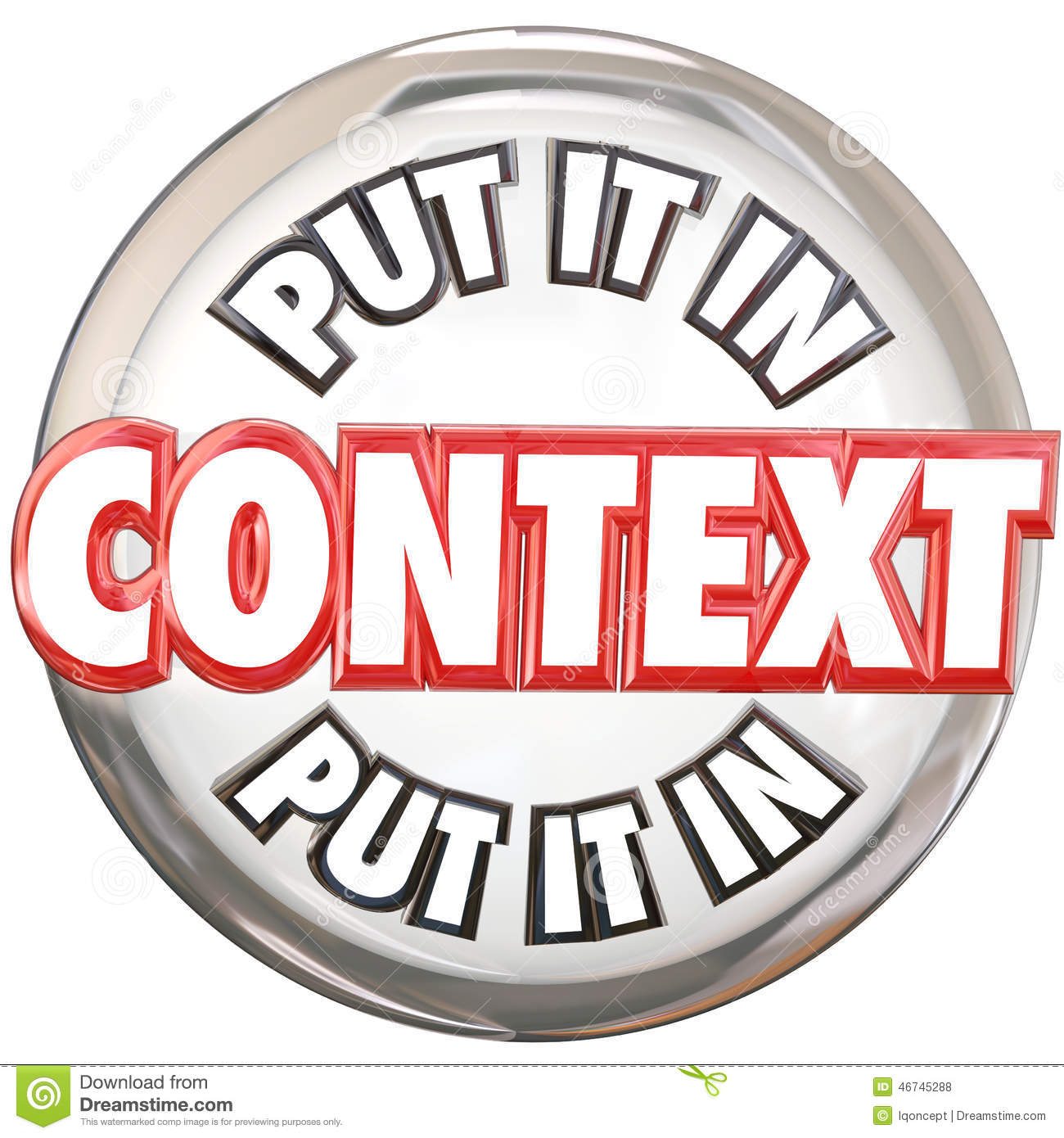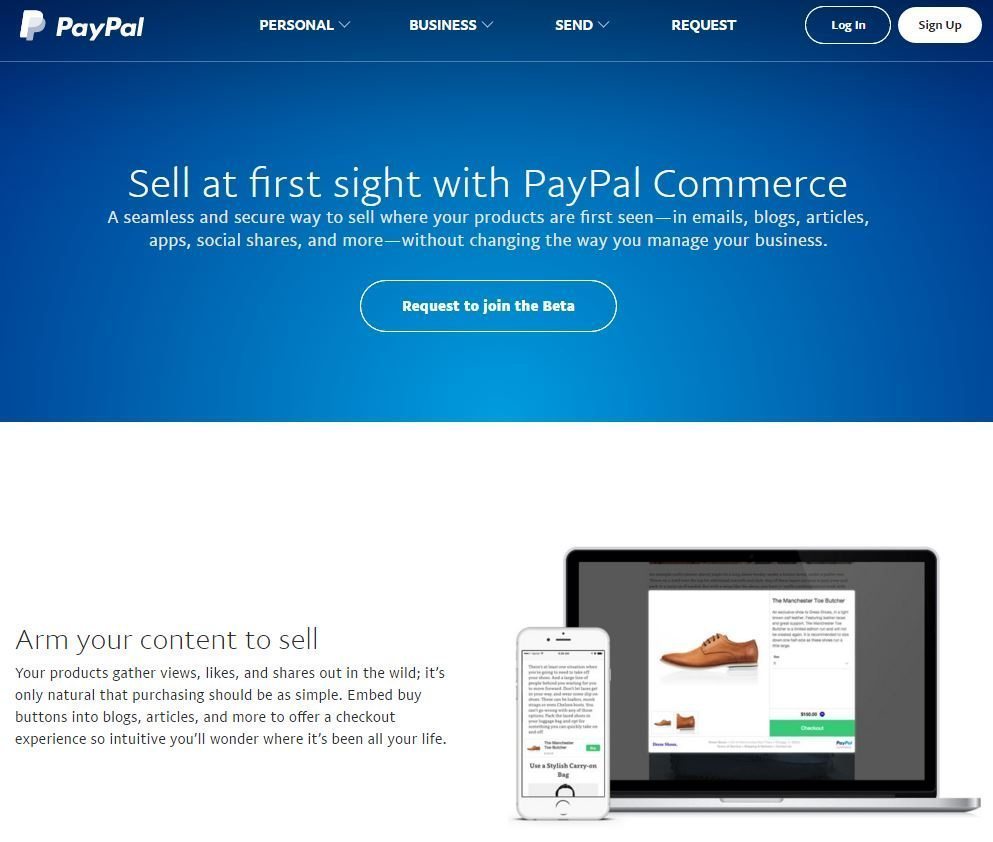
As we start to reimagine the bank, it is obvious that focus on the platform design and user experience is key, as demonstrated by YouTube. A second key factor is recognising that the world has changed thanks to the mobile network. We probably go yea, yea, yea when we talk about mobile, as we’ve all been there and done that. Or have we? Most banks have purely taken a bank statement and, over time, have moved it from a paper statement to an internet statement and now, from a big screen to a small screen. Most bank mobile apps look just like bank statements. A few are better but it amused me when I asked Ollie Purdue how he came up with the idea of Loot, a new bank designed for Britain’s younger generation. Ollie answered that it was because his bank app purely showed him what he had been spending, not what he was going to spend. As a student – Ollie’s 22 and came up with the idea for Loot at Manchester University where he was studying law – Ollie felt it was useless to advise him of how he had no money after the fact, so he started developing an app that would show you what would hit your account over the next 24 hours, week and month. It’s very appealing. So much so that his cost of onboarding customers is less the £1 ($1.50). Excellent, and this shows part of why banks aren’t really getting the mobile world and mobile experience. Most banks have just given their customers an app statement, whilst what they could be giving them is a contextual experience.
I’ve been talking about this for a while: contextual commerce based upon intuitive interfaces; and this is where the mobile is going. This is because you can geolocate the customer which leads to proactive, predictive, contextual commerce, as I talked about three years ago. Rather than repeating all that again here, the most critical aspect of mobile is the ability to offer a digital relationship and augmented experience.
Think about this. The customer has given you permission to advise them and use their data to leverage value. Most banks would then think about using this for selling more to the customer, increasing share of wallet and getting more loans and credit lines. That may be possible, as illustrated by mBank in Poland.
mBank were worried that Wonga, the payday loan firm, had entered the Polish markets. Wonga claim they can get money into your account within 15 minutes of applying online. You may have no bank account, no credit history with the credit rating agency and no loans anywhere else, but using fancy algorithms and metrics, Wonga can get you a loan within 15 minutes. Great. mBank didn’t want their customers going to Wonga so the head of digital asked the head of credit risk to come up with a way to compete. At the time, mBank would take a minimum three days to process a loan application. Now they were being asked to process in under 15 minutes. The bank turned it around by creating a real-time credit risk analyser of all customer records such that if any user clicked on the loan feature in their app, they would get an immediate offer of how much they were good for. Today, that might be 5,000 zloty; tomorrow, as you had a brief overdraft the day before, that might be 3,000 zloty or it might be 10,000. For some customers it would be less because they have no regular income to cover a loan and the overdraft may have flagged up questions; for others, they deposit a regular income and so it increases as the bank knows they will have more need of the loan.
The cool thing about mBank’s credit analyser is that it not only offers a loan for how much you’re good for but, once you click the confirm button, the money is in your account in less than 60 seconds more often than not. That’s pretty cool.
But focusing on getting more loans and credit lines via mobile isn’t necessarily the right or only focus as the banks of the future know that there is zero margin from traditional products, so they change the game. Banco Original (Brazil) provided me with the best insight in this area, when they talked about their concierge services. The idea is that the bank will use your social connections for more context and advice. In other words, if you use Facebook to connect to the bank, they can see your Likes. Using your Likes combined with mobile location and past payment history, the bank can give you more value. The way the bank illustrates this is that they may have discovered you Like the BMW 5-series on Facebook. Knowing this, they can discover how many of their customers Like the BMW 5-series and make a specific offer to them. For example, the newest BMW model is coming out on February 28 2017 in Sao Paolo. So the bank buys 200 cars direct from BMW with a 20 percent discount and delivery two weeks before general release. This way, the bank can make an amazing offer to their customers: BUY THE NEW BMW 5-SERIES BEFORE EVERYONE ELSE. The bank can push this offer to all of their customers who Like the BMW 5-Series through the app, informing the customer:
- where the nearest dealer is to their home can be found;
- that they get 20 percent discount; and
- that they get the car two weeks before general release.
Oh, and if they want the car wrapped into a really competitive loan, here’s a great low interest offer that goes with it.
In other words, the future banks are far more proactively informed about the customer – both their credit and their social history – and can be far more proactively providing services and advice in context as a result. It’s contextual commerce with intuitive interfaces.
This is what PayPal wanted to acquire out of Modest when they bought them last year and you can already see the outcome of their contextual commerce perspective coming to fruition today.
Do banks get contextual commerce? A few, but deep insights based on machine learning, data analytics leveraged through proximity-based services is the next generation of intelligence in mobile servicing the digital customer. And it’s nothing like a bank statement in an app.
Chris M Skinner
Chris Skinner is best known as an independent commentator on the financial markets through his blog, TheFinanser.com, as author of the bestselling book Digital Bank, and Chair of the European networking forum the Financial Services Club. He has been voted one of the most influential people in banking by The Financial Brand (as well as one of the best blogs), a FinTech Titan (Next Bank), one of the Fintech Leaders you need to follow (City AM, Deluxe and Jax Finance), as well as one of the Top 40 most influential people in financial technology by the Wall Street Journal's Financial News. To learn more click here...


